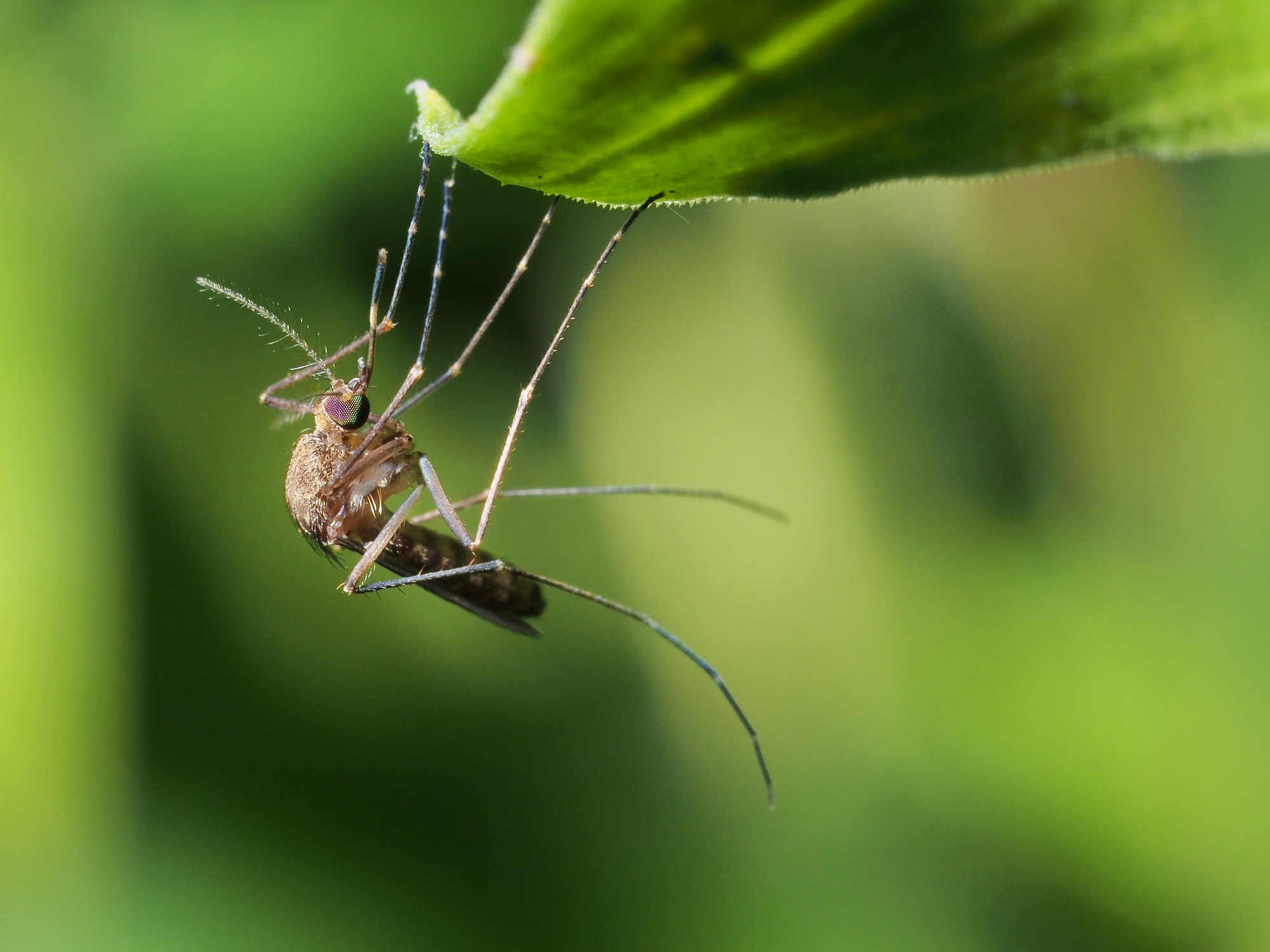Mosquito populations can vary significantly depending on local weather conditions, which influence their breeding, activity, and, ultimately, the timing of effective removal strategies. From temperature changes to rainfall levels, understanding these factors is essential for managing mosquito populations effectively. Here’s a breakdown of how different weather patterns play a role in mosquito dynamics and what this means for scheduling removal efforts.
How Do Seasonal Weather Changes Influence Mosquito Populations?
Seasonal changes are perhaps one of the most impactful factors affecting mosquito populations. In warmer months, mosquitoes thrive due to ample breeding opportunities, while colder seasons can naturally suppress their numbers. Here’s how different seasons contribute to mosquito population dynamics:
- Spring: The combination of increasing temperatures and rainfall in spring creates ideal conditions for mosquito eggs to hatch. With an abundance of standing water, spring sets the stage for a surge in mosquito populations.
- Summer: As temperatures peak in summer, mosquitoes become more active, seeking blood meals to reproduce. The warm weather speeds up their life cycle, allowing multiple generations to breed and mature in a short period.
- Fall: During fall, mosquito activity gradually declines as temperatures drop. However, a warm and rainy fall can extend their season, making removal efforts necessary later in the year than usual.
- Winter: In most areas, mosquito activity is minimal in winter, as cold weather halts their breeding cycle. Many species enter a state of dormancy during this time, laying dormant eggs that will hatch in spring when conditions become favorable.
Because seasonal shifts directly impact mosquito activity, targeting removal efforts during peak breeding periods can help prevent population explosions. Timing mosquito control initiatives in early spring and late summer tends to yield effective results.
What Is The Connection Between Rainfall Levels And Mosquito Breeding Cycles?
Rainfall is a critical factor for mosquito breeding since most species lay their eggs in standing water. The volume and frequency of rain have a direct impact on mosquito populations, as it creates an abundance of breeding sites. Here’s how different rainfall patterns influence mosquito breeding:
- Heavy Rainfall: Frequent and heavy rains lead to the formation of numerous puddles, ponds, and other stagnant water sources, providing ample breeding grounds. Heavy rain followed by warm temperatures can result in a rapid mosquito population surge.
- Moderate Rainfall: Moderate rainfall sustains breeding sites without overwhelming the landscape with water. In areas with consistent, moderate rainfall, mosquito populations tend to grow steadily, maintaining a stable level of breeding and activity.
- Dry Periods: While mosquitoes need water to breed, a brief dry spell doesn’t necessarily impact their population. Eggs can survive in dry conditions and hatch when water returns, sometimes weeks or even months later.
- Long Droughts: Prolonged droughts significantly reduce mosquito populations by drying up their breeding habitats. However, once rainfall returns, dormant eggs can quickly hatch, leading to a sudden influx of mosquitoes. This makes it important to monitor rainfall after a drought to anticipate possible mosquito outbreaks.
Timing removal efforts right after significant rainfall events or during the early stages of rainy seasons is generally effective for curbing mosquito numbers before they reach peak activity.
How Does Temperature Affect The Timing Of Mosquito Removal?
Temperature plays a major role in mosquito biology, particularly in influencing their life cycle and feeding habits. Warmer temperatures accelerate mosquito development, while cooler temperatures slow it down. Here’s how temperature impacts the timing of removal:
- Above 80°F (27°C): At higher temperatures, mosquito larvae develop more quickly, leading to shorter life cycles and rapid population growth. Mosquitoes are more active, feed frequently, and reproduce at a faster rate, making removal essential in regions where temperatures consistently exceed 80°F.
- 70°F–80°F (21°C–27°C): In this temperature range, mosquitoes remain active, but their life cycle isn’t as rapid. Removal efforts in areas with these temperatures can focus on strategic timing, targeting peak breeding times to control the population effectively.
- Below 50°F (10°C): Mosquito activity significantly decreases, and many species become dormant or die off at temperatures below 50°F. Removal efforts in such temperatures aren’t as necessary, as populations will naturally decline. However, in regions with mild winters, occasional warm spells can briefly revive mosquito activity, requiring vigilance in removal efforts.
- Sudden Temperature Drops or Spikes: Rapid temperature changes can affect mosquito behavior. A sudden drop may reduce activity temporarily, while a spike can lead to a burst of breeding. Keeping track of such fluctuations helps optimize removal schedules.
Planning removal initiatives based on seasonal temperature trends, especially during prolonged warm spells, ensures better control of mosquito populations.
Which Weather Patterns Lead To Increased Mosquito Activity?
Certain weather patterns can amplify mosquito activity, making it essential to adjust removal efforts accordingly. Here are some specific patterns that lead to heightened mosquito activity:
- High Humidity: Mosquitoes thrive in humid conditions, as it keeps their breeding sites moist and allows them to fly more easily. Humidity also encourages mosquitoes to be more active at dawn and dusk, peak times for seeking blood meals. Mosquito removal efforts are often more effective when humidity is high, as it helps target active populations.
- Frequent Afternoon Rains: Areas that experience regular afternoon showers provide consistent water sources for mosquito breeding. Removal efforts should focus on these areas immediately after rainfall to eliminate potential breeding sites before eggs hatch.
- Warm Nights: Mosquitoes prefer warm nighttime temperatures for feeding, as cooler nights can slow them down. Warmer nights can prolong their active period, making it essential to schedule control measures during such conditions to reduce nighttime biting rates.
- Calm, Windless Weather: Mosquitoes are weak fliers, and windy conditions tend to limit their movement. Calm weather allows them to move freely and increases biting activity. On calm days, using mosquito traps or sprays is often more effective.
- Tropical Storms and Hurricanes: These weather events can significantly alter mosquito populations. The heavy rains create widespread breeding sites, while the subsequent high temperatures and humidity support rapid mosquito reproduction. After tropical storms or hurricanes, a proactive removal approach is critical to prevent explosive mosquito growth.
Understanding these patterns can help in scheduling mosquito removal at times when the populations are most active, preventing further breeding cycles.
Weather patterns play a pivotal role in shaping mosquito populations and determining the optimal timing for their removal. From seasonal shifts to specific weather conditions, each element—rainfall, temperature, humidity, and calmness—affects how and when mosquitoes breed and become active.
By understanding the connections between weather and mosquito behavior, we can implement targeted control measures at ideal times, reducing the health risks and discomfort associated with these pests. Mosquito control experts often monitor local weather conditions to optimize removal strategies, ensuring effective results in combating mosquito populations.
Why Choose Pete’s Pest Patrol for Effective Mosquito Control?
At Pete’s Pest Patrol, we understand the importance of timely and effective mosquito control, especially when weather patterns create ideal breeding conditions. Our team uses advanced pest management strategies tailored to your property’s unique needs and local weather conditions. We monitor seasonal weather changes and use this knowledge to strategically time our removal treatments, ensuring that we target mosquito populations when they’re most vulnerable.
With Pete’s Pest Patrol, you’ll benefit from:
- Customized Treatment Plans: We analyze your property’s landscape and any standing water sources, setting up targeted solutions that prevent mosquitoes from laying eggs.
- Environmentally Responsible Solutions: Our methods are designed to be safe for you, your family, and the environment, focusing on sustainable and effective pest control.
- Experienced Professionals: Our trained technicians have in-depth knowledge of mosquito behavior and the latest removal techniques, allowing us to stay ahead of mosquito infestations.
Don’t let mosquitoes take over your outdoor spaces. With Pete’s Pest Patrol, you’ll enjoy a pest-free environment and reliable service that adjusts to changing weather patterns, giving you peace of mind all season long.
Reclaim Your Outdoor Space with Pete’s Mosquito Control Experts
Ready to enjoy your yard without the nuisance of mosquitoes? Contact Pete’s Pest Patrol today for a customized mosquito control solution that adapts to local weather patterns and keeps your home protected. Let us help you create a safer, more comfortable outdoor environment. Call us now to schedule your consultation and take the first step toward a mosquito-free season!

